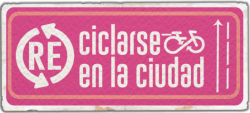Project
(re)Cycling the Self in the City:
An Archive of Stories About Urban Cycling in Mexico
Alejandro Zamora
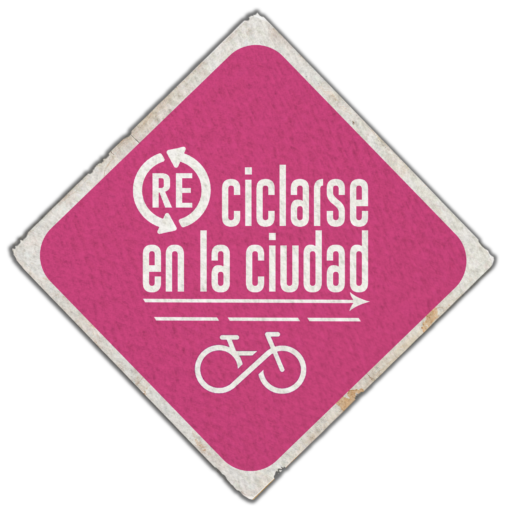
“Internal strength is an absorption of the external landscape”
(“La fuerza interna es una absorción del paisaje externo”.)
Terry Tempest Williams
“Not even photographs have the same effect on me as the voice.”
Svetlana Alexievich
An archive of community narratives is a unique repository of collective knowledge. Its value resides in being linked to the daily experience of individuals and communities: to their language, their feelings, their memory, and their imagination. But at the same time, to a space and geography with which these individuals and communities maintain a relationship of mutual determination. This is not trivial: a community articulating a world through language and experience, giving a narrative meaning to its spaces and its day-to-day life, generating possibilities of understanding, coexistence, and empathy is essential for the construction of a common world.
However, these narratives go unnoticed most of the time. The multiple possibilities of being, living and resisting in a specific place that involve the stories of ordinary people have little or no visibility in the mass media, political propaganda, advertising, or specialized areas of study. When they do turn their eyes to the communities and their stories, they do so within the framework of an agenda or interests with little or no concordance with those of the people in question, whose voice is framed in structures and formats in which it is lost, diluted, or distorted.
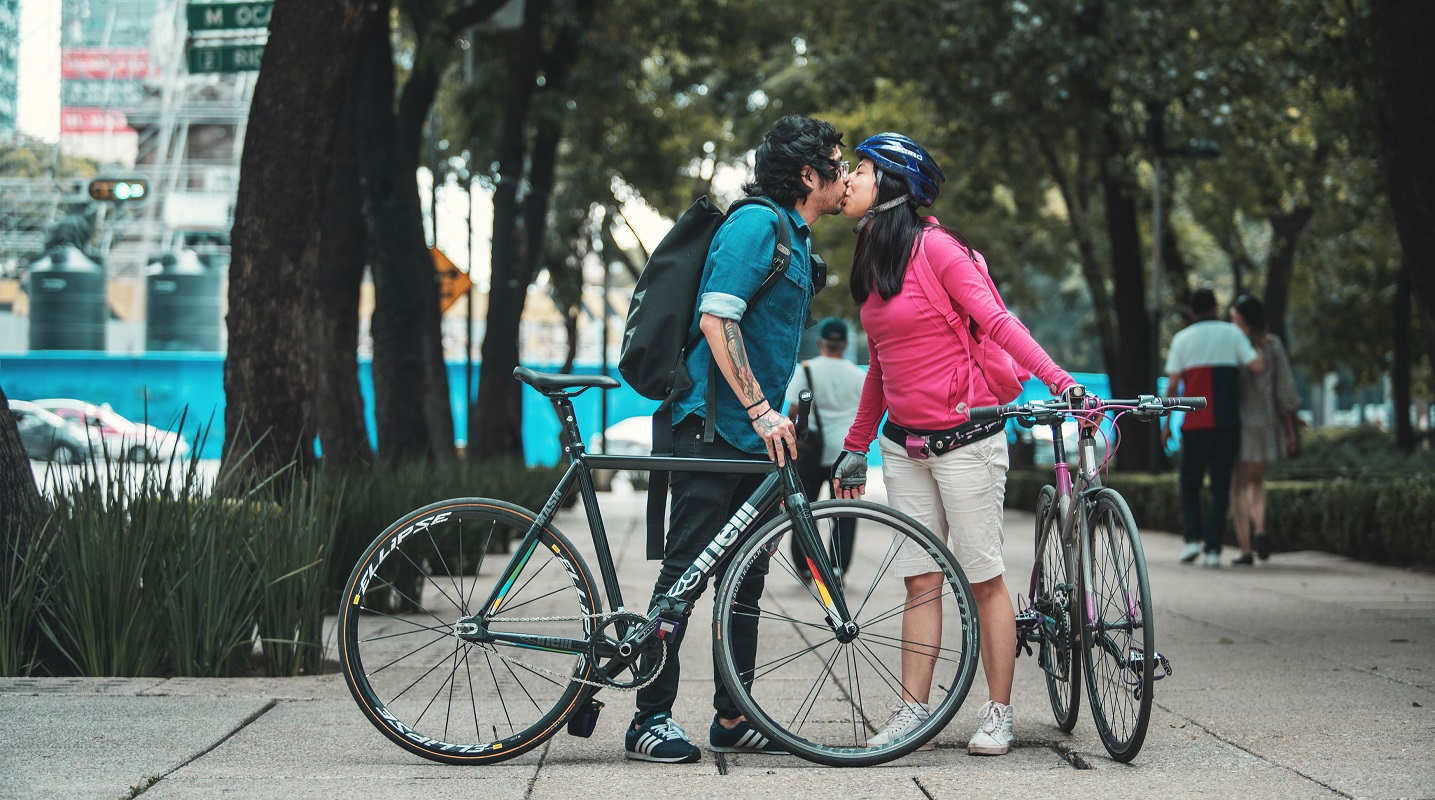
The stories that have resulted from this effort are not only part of the vast narrative heritage of our streets and avenues, but they are also living testimony of the dignity, resilience and vocation for freedom that propels each pedal stroke among deadly cars and chemical clouds.
When an urban cyclist tells us “I am a red blood cell in the veins of the city when I’m riding my bike,” it is because her city is a living organism whose health is interlinked with her own; it is because their transit is part of an organic process of mutual care. When an urban cyclist tells us that the bicycle made her see how beautiful a city worn out and abused by cars can be, it is because that city has dimensions, spaces, aesthetics, which are revealed according to the instruments and technologies with which we relate to it (i.e., the bicycle). When an urban cyclist tells us that "the bicycle is a technology of love," it is because in the hostile city the bicycle generates social dynamics of reciprocal protection and solidarity. When an urban cyclist tells us that "the bicycle is a languageit is because it has generated forms of communication with and in the city that can only be achieved through cycling. When several urban cyclists tell us that cycling has helped them to overcome cancer, diabetes, depression, problemas cardiacos, relaciones tóxicas, o que la bici es su psicóloga, it is because the interaction between the bicycle and the city generates spaces for health, affirmation, and self-cultivation.
None of this is the exalted interpretation of a cycling enthusiast (although I am one). Everything has a clear, precise example; concrete anecdotes that show this and expand on it in this archive of stories. It is, therefore, an extraordinary body of collective knowledge for imagining healthier, fairer, friendlier, and more inclusive cities, streets, public spaces, time spent together, and to form a healthier, fairer, friendlier, and inclusive citizenry.
Furthermore, to imagine them within their own context, in dialogue with their culture, their structural conditions, their systemic problems. This is fundamental. Many times, we import foreign references and experiences to think about urban cycling—Amsterdam and Copenhagen being the first ones to come to mind. However, a key component of any discussion of an inclusive city must be the many worlds and sensibilities contextualized for its inhabitants. In them, as it becomes clear from exploring these stories, there is imagination, language, ideas, and wisdom.
Cierto que un ciclista urbano puede o no ser especialista en movilidad o en urbanismo, pero todos son sensores únicos, igualmente valiosos, de sus ciudades, de sus trayectos, y de la vida que discurre en ellos. Así, mientras que un viaje en bici en Ámsterdam o Copenhague es pura normalidad dentro de una espacialidad hegemónica (una ciudad ya concebida para moverse en bici), en Morelia, Oaxaca, Tijuana o Ciudad de México, un viaje en bici es disidencia pura, un acto de muy distintas implicaciones y connotaciones que genera alternative spatiality (formas alternativas de habitar el espacio), en franca resistencia a sistemas hegemónicos de dominación y control espacial —concretamente, el “patriarcarro”, como lo llamó en un Twit la Alcaldesa de la Bicicleta de la Ciudad de México, Areli Carreón (@arelibiciteka, 29 Oct. 2020, 9:43).
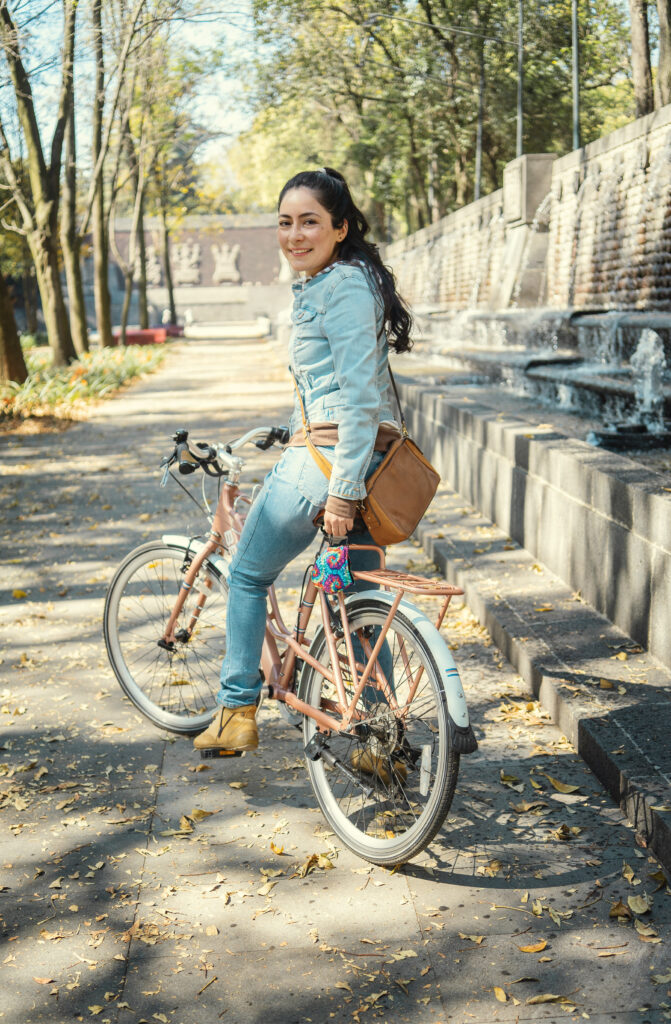
Alternative spatialities, as explained by the geographer David Harvey, “does not necessarily arise out of a conscious plan, “but more simply out of what people do, feel, sense and come to articulate as they seek meaning in their daily lives” (Harvey xvii). The articulation of this meaning is usually a narrative endeavour: an event of language, memory, and imagination. Thus, in Mexican cities—in the hegemonic spatiality of the "patriarcarro"—each bike trip is a personal saga that screams to be told, and here we have set out to encourage its protagonists to tell theirs. From Tijuana to Mérida, these stories not only articulate meanings of individual lives, but also propose new ways of being and being in the city, alternative plans and cartographies that awaken hopes and promises of better cities: more human, friendlier, and cleaner.
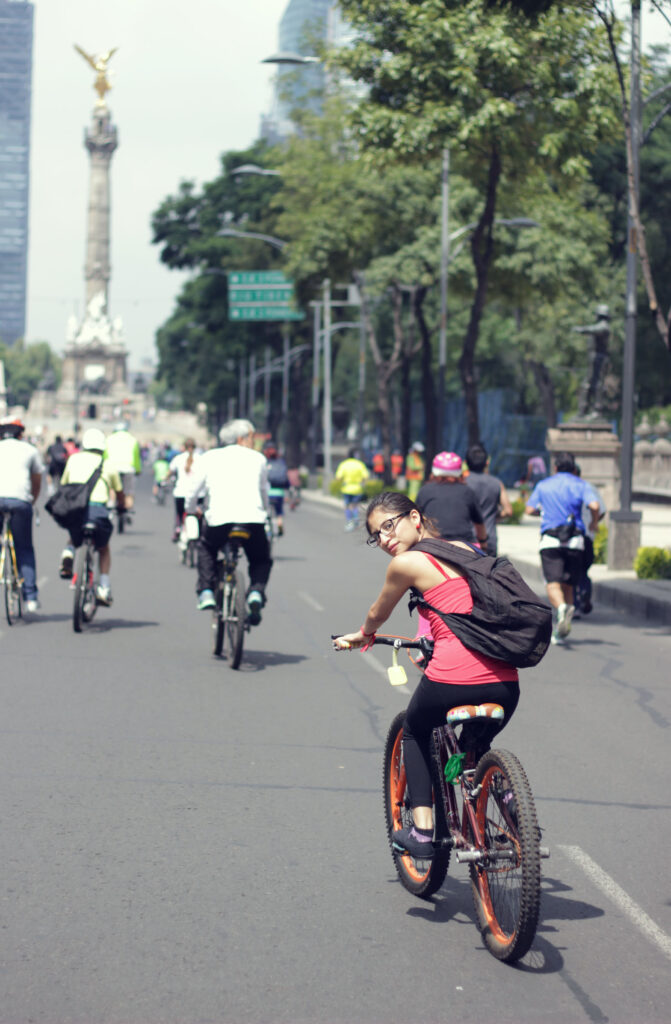
Note on the Methodology
Apasionadas y apasionados de las historias, de la escritura, de la conversación, de la crítica literaria, de la antropología, de la fotografía, de nuestras ciudades, de sus ciclistas y, por supuesto, de andar en bici, no tuvimos más remedio, en cuanto al método, que la ensalada (de todo lo anterior). Así, cada historia es el resultado de un trabajo de campo y de escritura colaborativa que implican:
• Becoming familiar with each city. For several days we feel its pulse with each pedal stroke, make various trips, participate in the group rides of their cycling organizations, documenting everything in field notes and photographs.
• Entrevistas no estructuradas con los participantes, que normalmente conocemos durante dichos recorridos y rodadas. Estas entrevistas son, más bien, largas conversaciones que en su mayoría despiertan el entusiasmo de una nueva amistad (el ciclismo urbano suele ser relacional y amiguero), y en algunos casos la concretan. Muchas veces, las conversations are so in an etymological sense. The word comes from con versare: dar vueltas con (alguien), pasear en compañía. Si conversar es tanto charlar como pasear, en este proyecto procuramos no hacer distinción y, en la medida de lo posible, salir en bici con los participantes; conocer sus rutas, su ciudad; platicar sus calles con la dialógica cadencia del pedal, o bien “ratoneando” juntos, en franca sobrevivencia, entre los coches, los camiones y sus toxinas.
• A writing process of each story in consultation or in engaged collaboration with the participant (depending on how involved they want to be). A dialogic process, then, that concludes with the agreement of a final version of the story, usually in the first person, which we then add to this archive.
The bicycle becomes a tool for dual exploration: urban and personal. This is shown and confirmed by each of the stories, whose elaboration allows us an approach to our cities and to ourselves that we could never have imagined.
Yes, we admit that some of us have a previous research agenda—a geocritical analysis of urban cycling in Mexico, in one case, or a gender focus in another. However, as a matter of principle, we committed as much as possible to a participatory method, if not with respect to the project itself, then with respect to each of the stories. A participatory ethnography is defined by the degree of involvement of the participant in the design of the project and by how much it helps their interests or advances their causes, or those of their community. In our case, we seek such relationships on at least two levels: first, at the level of the conversation, letting it flow freely even if it does not touch upon or add to the specific topics that interest us, and second, in the dialogical process of writing. This way each participant can establish their priorities and tone, becoming an agent of their own story. Ultimately, our own research agenda, and the very structure of the archive, adjusts accordingly.
No obstante, algo en lo que sí intentamos influir como investigadores, es en conservar, lo más que se pueda, la oralidad de la conversación en el relato final: sus frases, sus saltos, sus elipsis, su sintaxis, su corporalidad. El conversar una vida y una ciudad en bicicleta, parece estarnos revelando algo interesante: la oralidad se parece al ciclismo urbano. Tiene sus propios meandros, sus recodos, sus atajos, sus vueltas, su espontaneidad, su equilibrio. Esto, en suma, revela una geografía que el mundo mucho más regulado y previamente trazado del coche desconoce. Este mundo del coche, por el contrario, se asemeja más a la normatividad de la escritura, a la rigidez de sus leyes. Parece, pues, que el ciclismo urbano tiene un aliento y una sintaxis parecida a la oralidad y, sobre todo, al diálogo, y eso es parte de lo que exploramos.
Lastly, the bicycle becomes a tool for dual exploration: urban and personal. This is shown and confirmed by each of the stories, whose elaboration allows us an approach to our cities and to ourselves that we could never have imagined. We owe a debt of gratitude to all our participants for this privilege. And, of course, we are equally grateful to all our readers who give yet another form of life to this project.
Diciembre de 2020
Photos: Marín Amuchástegui
